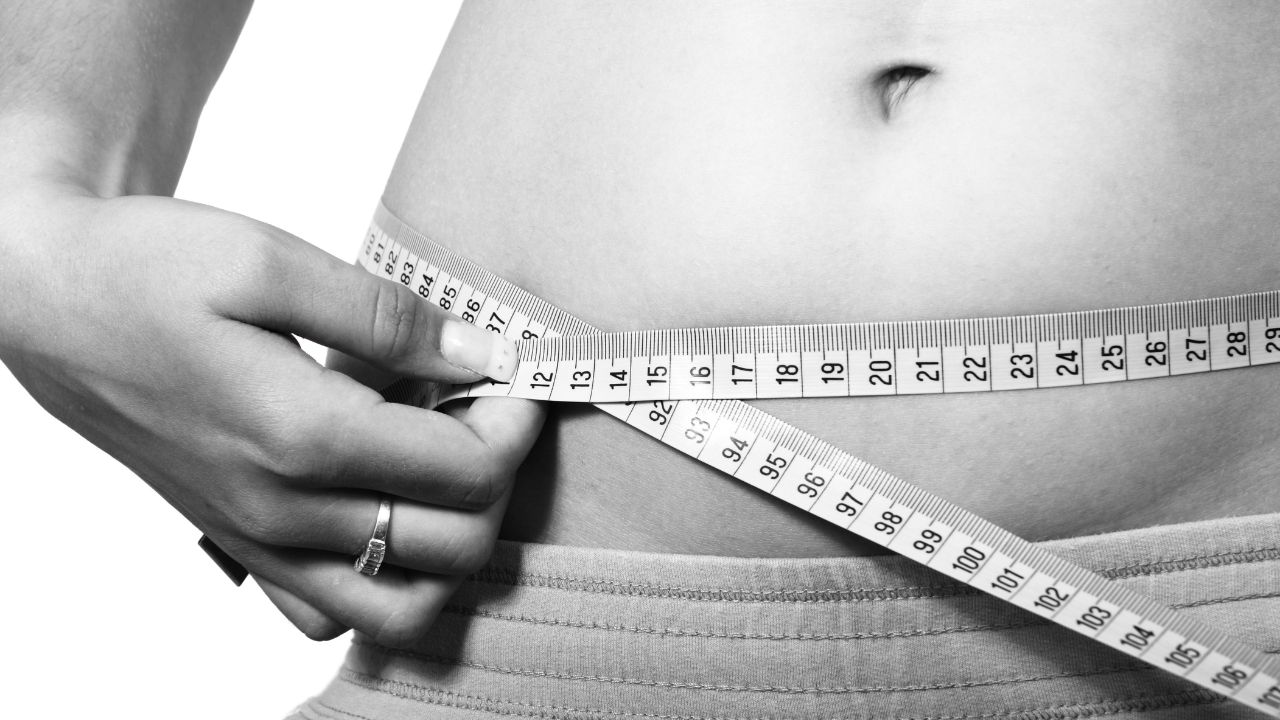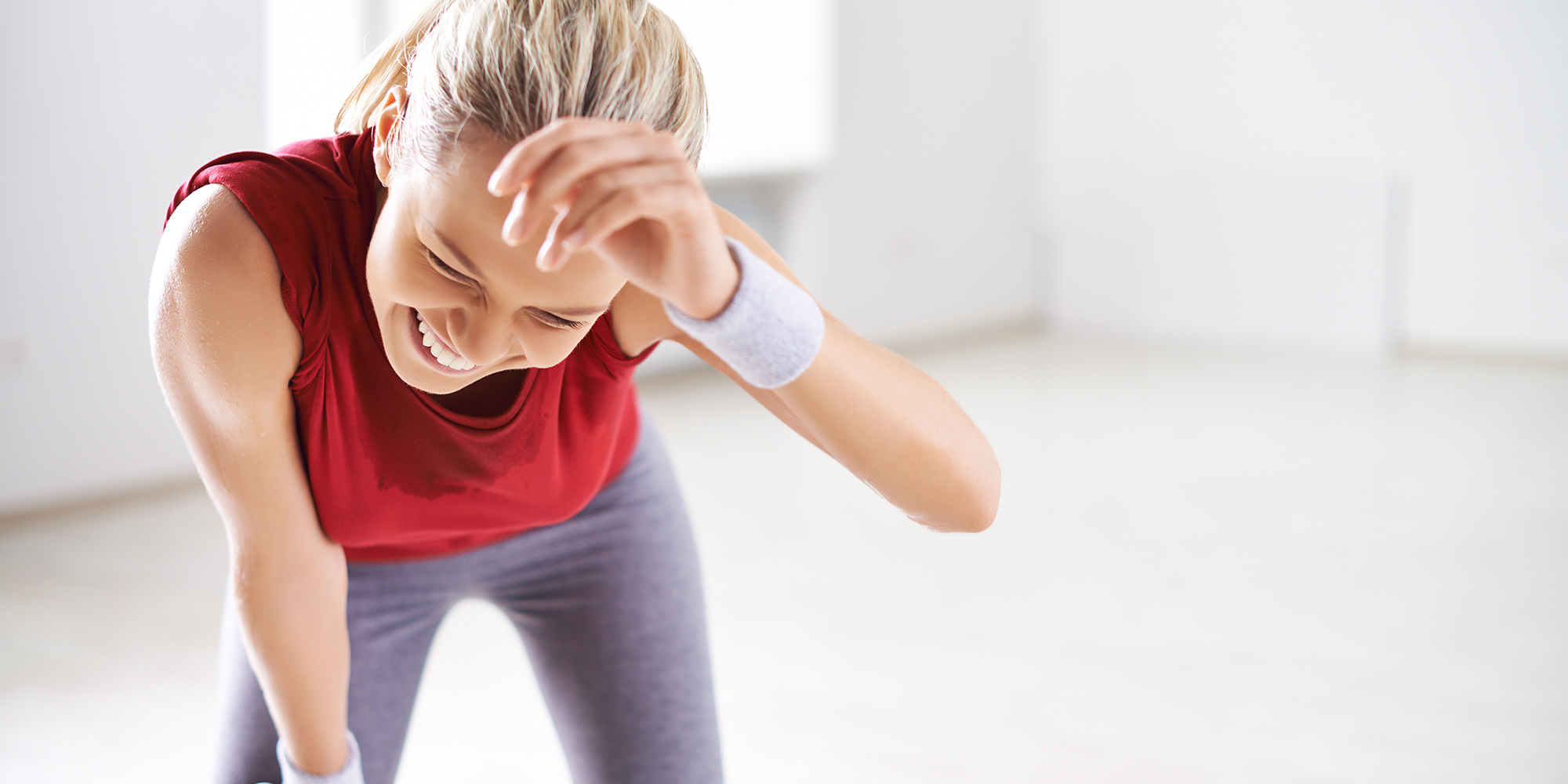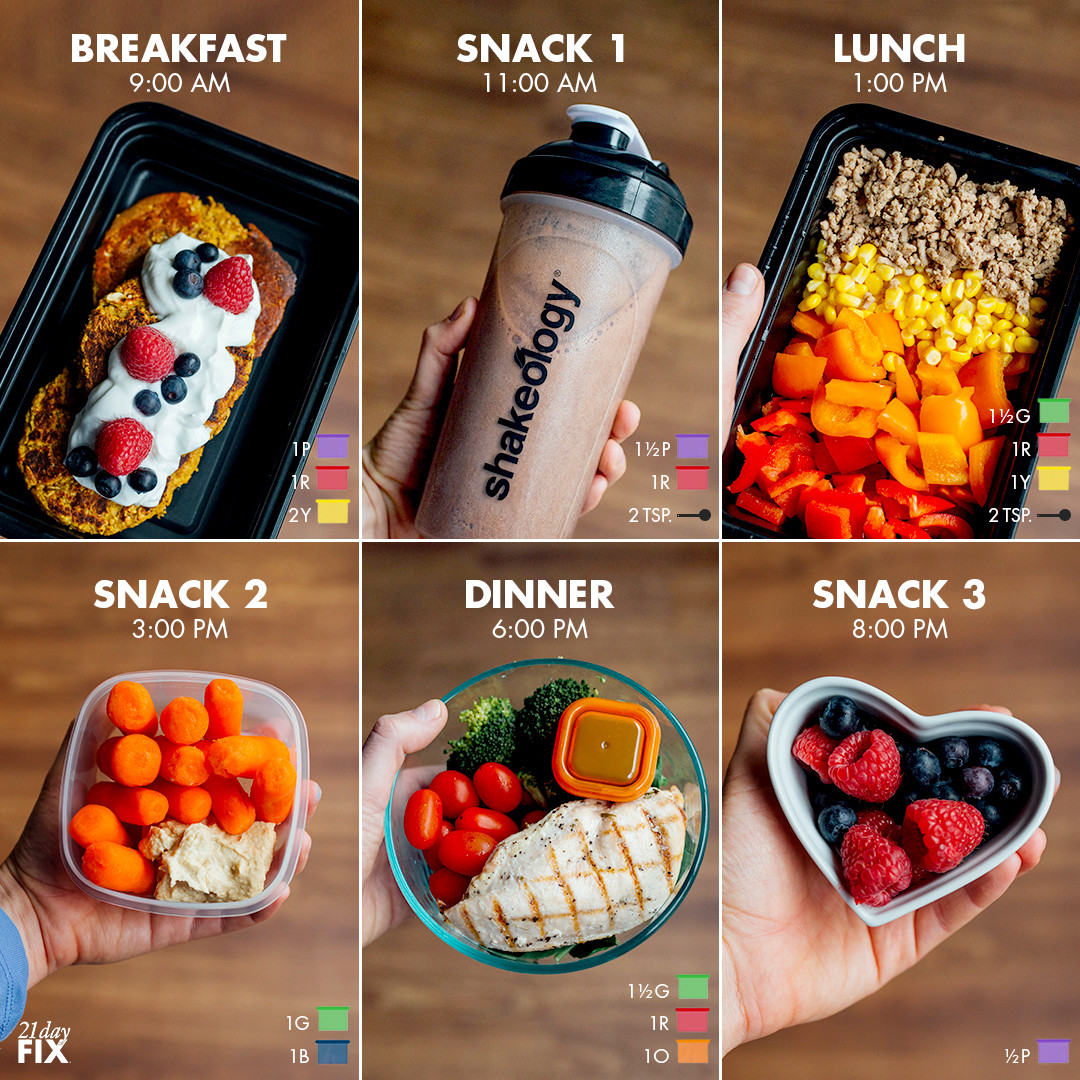
It can be difficult for women to lose weight, but there are many reasons why this is so. First, larger fat stores and wider hips mean that women are more likely to gain weight. They are more likely store fat in their stomachs. This difference can help you avoid common problems and make a plan to work around them.
It is more difficult for women to lose weight
Weight loss for women can be difficult because women have less lean muscle tissue, a slower metabolism, and other factors. However, there is hope for women who want to lose weight in the long-term. These include healthy eating habits and resistance training. Women should not be focusing on short-term results but long-term success.

Although women have many biological advantages over men in terms of their bodies, this does not mean that they are immune to losing weight. Women are built differently than men. This can impact their motivation to lose fat. To address their unique needs, weight loss programs that are for women must consider these challenges.
They have greater fat stores
It's been long suspected that women store fat more efficiently than men. This is likely due to hormones in women's bodies. Oestrogen, one of these hormones, has been associated with increased fat storage. It can reduce a woman’s ability for energy to burn after eating and cause more fat to accumulate around her. It's also believed to prepare women for childbearing.
They have more back fat
Women who are obese or overweight may notice a more concentrated distribution of their body weight across their backs. Although genetics are a factor, poor sleep, sedentary lifestyles, and some medications can all contribute to the problem. There are many ways to reduce belly fat and tone your back without limiting calories.

First, you need to know that back fat accumulates slowly. Henry Barratt is an elite PT who was also a professional athlete. He says that it's more difficult to lose weight after love handles, muffin tops, bra straps, and muffin tops are developed. In addition, as women age, their growth hormone levels decrease, making it harder to build muscle and lose weight.
FAQ
What foods are good for me to lose weight quickly?
It is possible to lose weight faster by eating fewer calories. There are two methods to accomplish this.
-
Reduce the amount of calories that you consume each day.
-
Get more exercise to increase your metabolism.
It's easy to reduce how many calories you consume. After all, we're bombarded with calorie-laden fast food options everywhere we turn. Here's how to lose those extra pounds.
-
Beans contain high levels of fiber and protein. They have almost no fat making them an excellent choice for dieters looking to reduce their caloric intake.
-
Oatmeal is low on calories but high in nutrients, such as magnesium or potassium. Plus, it contains less sugar than other cereals.
-
Eggs are high on cholesterol and protein. Eaten eggs one or two times a week can help boost metabolism and allow you to burn more calories.
-
Whole grain bread has been shown to reduce hunger pangs so that you may feel fuller longer.
-
Dark chocolate contains antioxidants and flavonoids that have been linked both to better cardiovascular health and lower blood pressure.
-
Cottage cheese is high-in calcium, which can help build strong bones. Cottage cheese is also high in calcium, which aids in bone strength.
-
Salmon is packed with omega-3 fatty acids, which promote brain development and improve cardiovascular function.
-
Green tea is chock-full with catechins. These compounds fight cancer and boost metabolism.
-
Broccoli is an excellent source of folic acids, which helps to lower homocysteine levels. Homocysteine high levels are associated with increased heart disease risk and stroke.
-
Yogurt can be a great way for you to get probiotics without having to eat a lot of sugar. Probiotics can help improve digestive health.
-
Berries are a delicious snack option that's also very nutritious. Blueberries (strawberries), blackberries; raspberries and cranberries all provide excellent sources of vitamins.
-
Avocados are packed with healthy fats. A half avocado has 80 calories but plenty of filling fiber.
-
Nuts are a delicious snack option and a great source protein. There are many great options for nuts, including cashews and hazelnuts as well as walnuts, pecans, hazelnuts and hazelnuts.
-
Sweet potatoes are another starchy vegetables that are high in beta carotene. They make your skin glow. The orange variety is particularly beneficial because they contain higher amounts of beta carotene than regular sweet potatoes.
What length of Intermittent Fasting should I be doing to lose weight?
It is not as easy as you think. A number of factors need to be considered when determining how many days of fasting are needed for optimal fat loss. These are:
-
Your age. If you are younger than 40, intermittent fasting might be too difficult because you have less time for recovery after each fast. You may not have enough energy for a sustained period of daily fasting if you are older (over 60).
-
Your current body composition. You'll be most successful if you have lots of muscle mass. You may find shorter fasting more beneficial if your muscle mass is low.
-
How physically active are you. You may need to increase your fasting time if you exercise often. This will ensure you get enough rest between workouts.
-
Your health history. People with heart disease, diabetes, and cancer may require extra fasting monitoring.
-
How do stress and anxiety affect you? Stressful situations often cause us to eat more. You might need to lengthen your fasting windows in order not to have this problem.
-
What type of diet do you follow? Certain diets, like ketogenic diets, may require even longer fasting periods.
-
The quality of your sleep. Lack of sleep has also been linked to increased appetite and decreased metabolism. It may take some trial and error before you find the right combination.
-
The amount of protein you consume. A higher intake of protein may result in lower blood sugar levels. This would allow for you to fast more often.
-
Whether you're trying to gain or lose weight, people who are trying to gain weight usually require longer fasting periods than those who are trying to lose weight.
-
How many calories did you consume during your fasting period? You may lose more weight if you eat fewer calories each day than if you eat more.
-
Your overall fitness. Faster people are more likely to be fit, and burn more calories during the day.
-
Your gender. Men typically have larger appetites than women, so they may need to fast for slightly longer periods of time. Women have smaller appetites than men, so they may need to fast just 20-30 minutes each day.
-
Your lifestyle. Do you exercise a lot? Do you workout several times each week? Are you a worker who sits at a computer all day? All these factors can have an impact on how much time you should speed.
-
How much do you spend per month on food? You don't have to spend much on groceries to eat healthy food. It's possible to save money by purchasing whole grains rather than white bread, fruit instead of candy bars, lean meats instead fatty cuts, and fruits instead of candy.
-
You need to be able to control your hunger. You don't have to skip meals if you don’t want to.
How Much Exercise is Required to Lose Weight?
There are many factors that influence the amount of exercise required to lose weight. These include your gender, age, body type and how heavy you are. Most people require moderate activity at least five days per week.
The American College of Sports Medicine recommends 150-minutes of moderately intense aerobic activity every week. It should be spread over three separate days.
If you are trying to lose 10 pounds, 300 minutes of moderate intensity exercise per week is a good goal. You can do this by walking fast, swimming laps or biking, as well as playing tennis, golfing and hiking, or jogging, running or other similar activities.
Start out with 20 minutes of vigorous physical activity three times weekly if you're just getting started. This could be lifting weights, sprinting, jumping rope, and fast walking.
Aerobic exercise also helps burn calories and build muscle mass. Muscles can burn more calories that fat. Building muscle and losing weight can help you reach your goals faster.
Are cardio exercises a good way to lose weight quickly?
Cardio exercises are great at burning calories but don't help you lose weight. It depends on how fat you have and what exercise you do.
If you're obese, cardio exercises might not be enough for you to shed those extra pounds.
They should be combined with other types of exercise and dieting.
You can lose weight by running or jogging. These types of exercises burn more calories per hour than any other exercise.
You must train resistance if your goal is to gain muscle instead of losing weight. Resistance training uses no weights or machines. It also includes elastic bands and free weights.
To lose weight fast, you need to combine cardio exercises with resistance training.
For fast weight loss, combine resistance and cardio training.
Is there a difference in intermittent fasting and calorie restrictions?
Calorie restriction refers to eating less than what your body requires. Intermittent fasting differs from other types of intermittent fasting in that it does not restrict calories. Rather, it focuses on eating fewer calories throughout the day.
Intermittent fasting allows you to indulge in foods that you love while feeling guilt-free.
However, both methods have their pros and cons. Therefore, you need to decide whether you prefer one method over another.
Statistics
- One study in 9 active men found that HIIT burned 25–30% more calories per minute than other types of exercises, including weight training, cycling, and running on a treadmill (18Trusted Source (healthline.com)
- According to a study sponsored by the American Council on Exercise, a person weighing around 140 pounds (64 kg) would burn 108 calories at a 30-minute beginner's Pilates class or 168 calories at an advanced class of the same duration (26). (healthline.com)
- According to Harvard Health, it's estimated that a 155-pound (70-kg) person burns roughly 112 calories per 30 minutes of weight training (5). (healthline.com)
- Another study found that 24 weeks of weight training led to a 9% increase in metabolic rate among men, which equated to burning approximately 140 more calories per day. (healthline.com)
External Links
How To
How to Intermittent Fasting
Intermittent fasting, a type of dieting that allows you to only eat one time per week, generally Monday through Friday. This allows you to reduce your calorie intake and still get adequate nutrition. This will allow you to burn fat more quickly than eating regular meals throughout the week.
The most common form IF is to reduce calories on specific days. This means that you might skip breakfast every day and then indulge in whatever food you desire throughout the day. You could choose to eat three small meals per day rather than two big ones.
There are many types of intermittent fasting. There are pros as well as cons to each form of intermittent fasting. Alternate Day Fasting is the easiest to begin because you don’t have to make significant changes in your life. However, not everyone can stick to a rigid schedule. They might prefer to experiment with other methods.
Alternate-day fasting is a good option if you are looking to begin an intermittent fasting program. This will allow to slowly transition to more extreme fasting regimens without drastically changing your lifestyle.